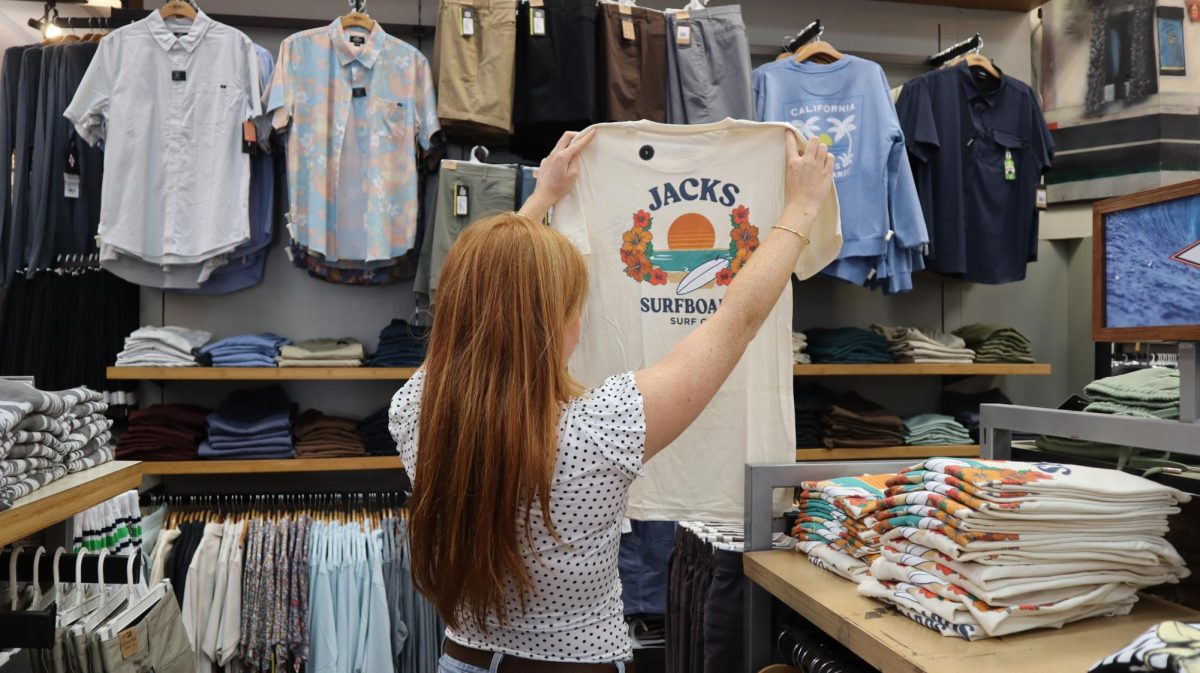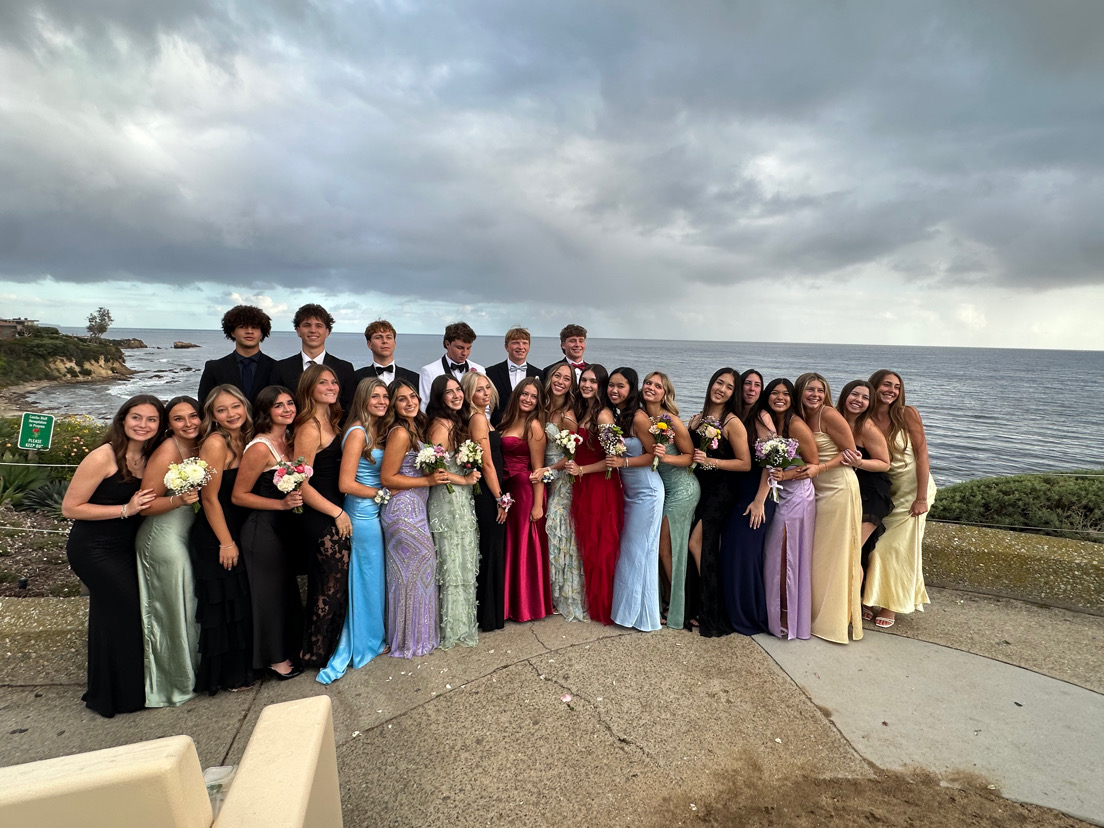Origins of the Stanley
The Stanley brand was founded in 1913 by the inventor William Stanley Jr. Stanley combined fused vacuum insulation and steel into one bottle, birthing the sustainable bottle beloved today. As years have progressed since the initial invention, the brand’s products have continued to honor Stanley’s legacy, ensuring that liquids stay at their desired temperatures.
Specifically, Stanley’s drink bottles called “quenchers” have had a surge in popularity. Stanley offers a variety of bottles in various sizes, including 14, 20, 30, 40, and 64 oz. Priced between $20 to $60 US dollars with the option of various colors and the ability to customize your Stanley. The bottle is 90% recycled, BPA-free, dishwasher safe, and contains a reusable straw, making the Stanely the ideal go-to bottle.
These bottles have been skyrocketing in consumption, with the company’s profit increasing from $70 million US dollars in 2019 to $750 million US dollars in 2023. Assistant professor of digital media at the University of Alabama Jessica Maddox attributes this growth to Stanley’s “color drops,” essentially limited-edition bottles creating a sense of scarcity to consumers.
“Corporations can easily make more than one or two [color drops], but they tap into the hype machine by making something scarce. And then, typically, they also tap into the hype machine through social media apps like Tiktok, which creates urgency,” Maddox said.
The Stanely was originally marketed towards blue-collar workers and campers, however, its target consumer has shifted in recent years. As a result of social media, Stanley’s main consumers have shifted towards young females, similar to the rise in popularity of the Hydroflask in 2019.
Stanley continues to rise in popularity through the company’s influencer reach, aesthetics, and status of bottles arising in mid-2023 alongside the rise of WaterTtok. WaterTok is the trend on the social media platform Tiktok, entailing inputting flavored powder into water to make the drink taste better, encouraging increased consumption.
According to Voxmedia, Tonya Spanglo, a major Watertok Tiktoker attributed the rise of the Stanley to Watertok said, “WaterTok is the sole reason they went viral, that’s what started the entire craze about Stanley, and it’s just continued from there.”
Lead Discovery
However, the beloved bottle started losing its popularity once there was a lead discovery in the Stanley bottle. This was initially revealed to the public through Tiktok, as users used a lead testing kit on their Stanley tumblers. These lead accusations were ultimately proven true, as lead is used within the tumbler’s vacuum insulation, yet is covered by a stainless steel layer, protecting consumers from lead exposure.
In response to this, a Stanley spokesperson said, “Our manufacturing process currently employs the use of an industry-standard pellet to seal the vacuum insulation at the base of our products; the sealing material includes some lead. Once sealed, this area is covered with a durable stainless steel layer, making it inaccessible to consumers.”
The statement continued to reassure consumers, “rest assured that no lead is present on the surface of any Stanley product that comes into contact with the consumer nor the contents of the product.”
Despite these reassuring statements, Stanley users continue to be skeptical of the safety of the bottle considering the dangers of lead exposure. Lead exposure is linked to harmful repercussions including anemia, kidney issues, developmental problems, comas, convulsions, reproductive difficulties, and even death.
This issue continued to escalate as Stanley was ultimately sued over the lead presence. The lawsuit against the Pacific Market International was filed in February 2024. The lawsuit alleges that both Stanley and PMI misled consumers by failing to warn them about potential exposure if damage to the vacuum seal occurred.
Stanley, Safe or Hazardous?
Throw it out? Keep them? These two questions have arisen for concerned consumers, as the bottles are in the hands of bloggers, young children, mothers, and more. If the durable stainless steel continues to hold its protective layer, consumers are safe. However, some consumers aren’t willing to take the risks due to the hazardous nature of the chemical.
Huntington Beach High School Junior Giovanna Perucci is not afraid of accidentally consuming lead from a bottle. Perucci said, “I think there’s only lead in it when you drop it and the bottom piece breaks off and you know when the lead is [infused] in the water because it doesn’t keep your drink hot or cold. I’m not worried about the lead consumption and still use my bottle.”
According to the brand, Stanley is safe to continue to use, pleasing all Stanley users worldwide. However, if damage occurs and the protective layer is shattered, users must use the bottle at their own risk and consider the potential harmful defects.








